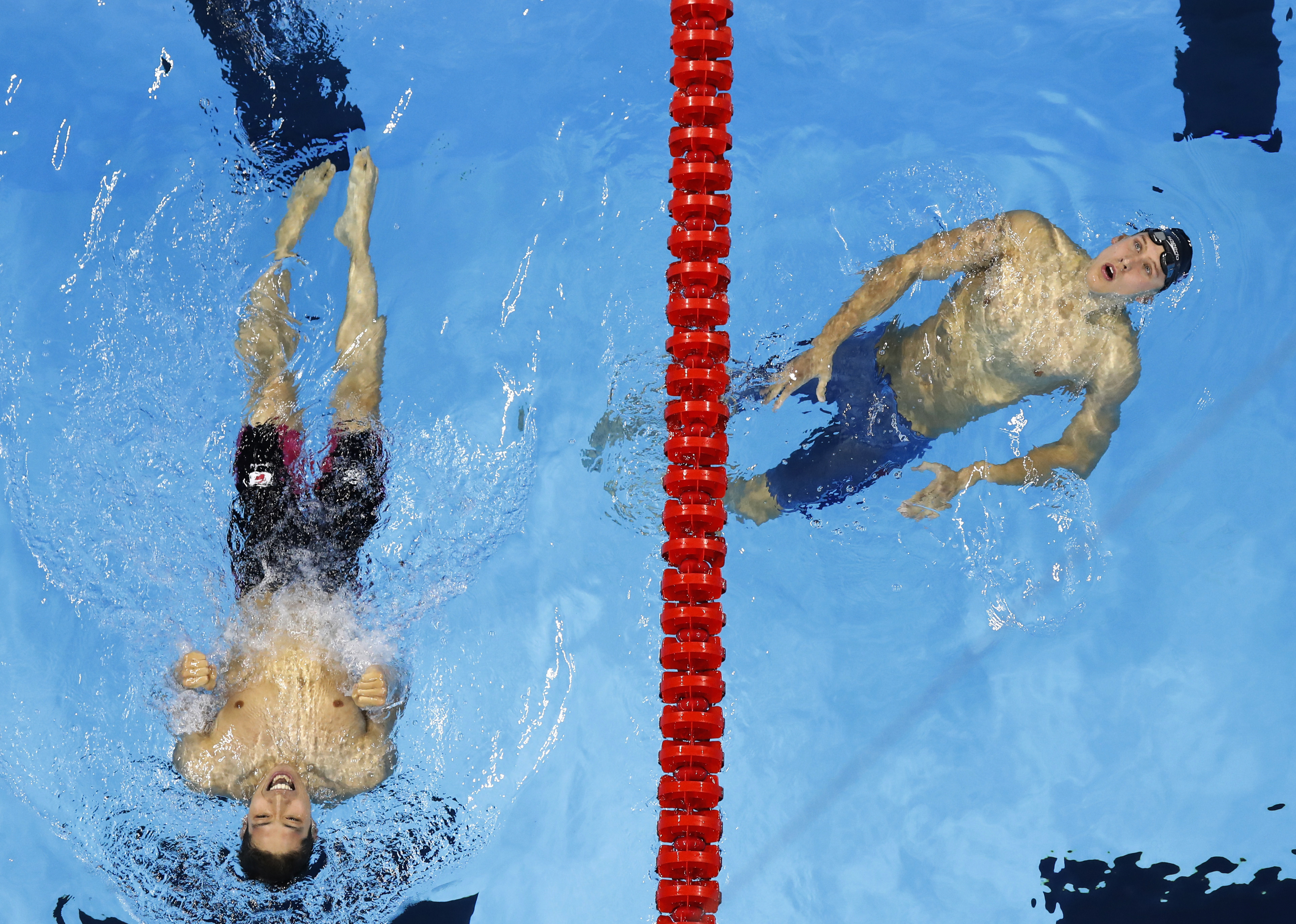In Rio, 11 robotic cameras and 16 remote cameras are part of a team of 61 photographers creating thousands of images per day.
“The need to place cameras on hanging truss over the field of play in venues with no catwalks or roof access led us to working with several companies to find a way hang a camera and then be able to pan, tilt, focus and transmit images in real-time,” said David Phillip, a photographer for The Associated Press who set up the AP’s robotic and remote cameras for the 2016 Olympics. “The process is on-going as we continue to work on improving the performance and design.”
In Rio, Getty Images’ underwater cameras that have gotten attention for creating stunning images from the Summer Olympics. Images by human photographers have also already become iconic.
But how have the robotics evolved since the AP first started using them? Phillip spoke with Poynter via email about what bots can do, what they can’t do, and what’s coming next.
How do you describe both the robots and the remote rigs to people unfamiliar with them?
Basically the latest robotics are like hanging a person from the roof to shoot photographs. We are able to pan, tilt, zoom, focus and transmit photographs during an event. We have an eyepiece camera mounted on the camera which gives us a live picture as if we were looking through the camera. It is operated by a joystick and computer over a network. We can operate any camera in any venue from any location. So an operator working at Athletics and switch to Swimming and cover a race then switch back to Athletics or to another venue.
What’s changed since you first started using them?
The design and function has changed dramatically from the beginning. We continue to work on ways to simplify setup and ease of use. We can set specific settings and with the push of a button the camera will automatically go to the preset, zoom and focus as needed.
I’m curious how you learn to set them up and use them. Is this something now being taught in journalism school or is it easy to learn on-the-job?
The use of these robotics is only about five years now, so it has been a constant learning process. We have worked closed with Canon to help develop the robotics and software to operate the systems. Most of the training has been on-site with the manufacturers, Canon and our own research.
What can bots and remote cameras do that human photogs can’t?
They can be in places where humans can’t be. They give us the opportunity to make unique images from angles not normally seen by the public.
What can human photogs do that bots and remote cameras can’t?
Having a person in place to shoot is always our first choice. We have a wider view of our surroundings and can change lenses and move more freely. While the robot fills a big part of our coverage, it is still limited in some aspects.
What tech advancements do you expect next (or wish were coming next?)
A simpler setup and user-friendly software are the biggest steps we hope to make progress in before the next Olympics.

Japan’s Kosuke Hagino, left, celebrates his gold medal win over USA’s Chase Kalisz in the 400m individual medley swimming competition at the 2016 Summer Olympics, Saturday, Aug. 6, 2016, in Rio de Janeiro, Brazil. (AP Photo/Morry Gash)







